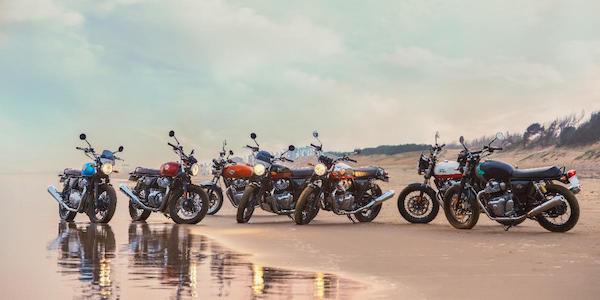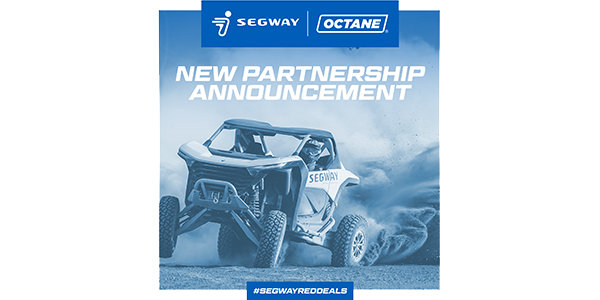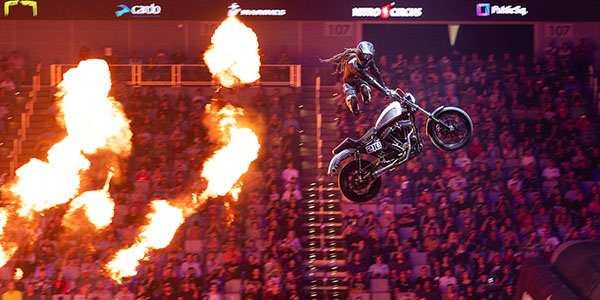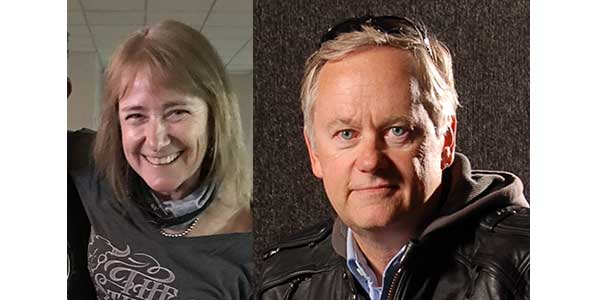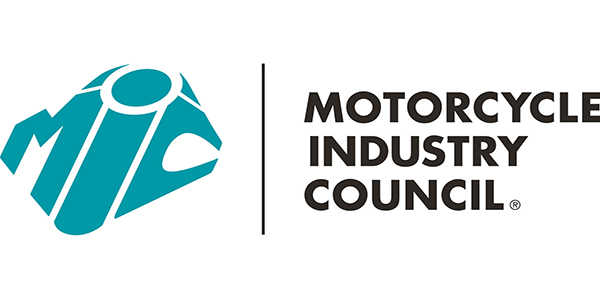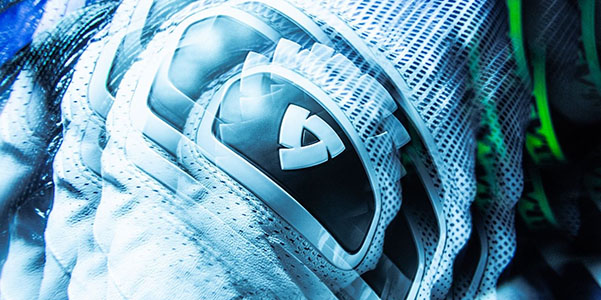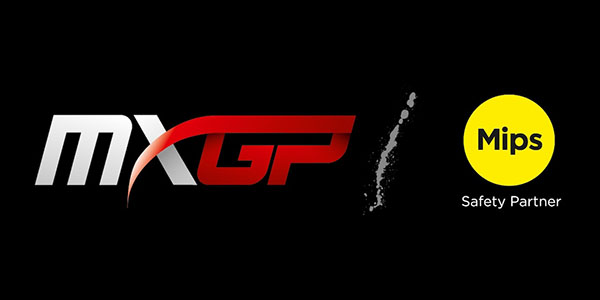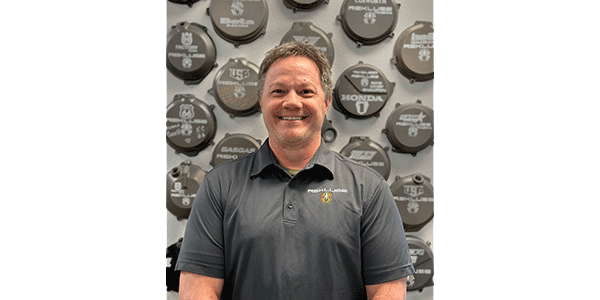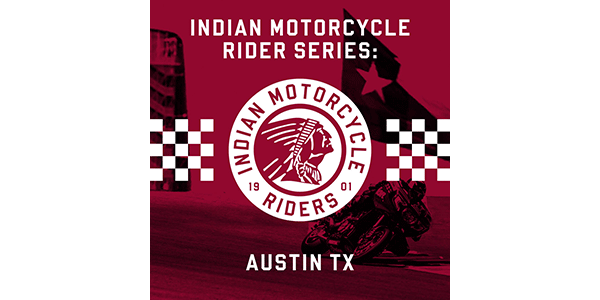Triumph announced they would add the missing weapon to their cruiser line with the much-anticipated Thunderbird. Introduced in fall 2008 as an upcoming 2010 model, the all-new model incorporates the style and sound of a British parallel twin into the most popular platform in America, the large displacement cruiser.
The bike is a logical addition to the Triumph lineup, strengthens the company’s presence in the cruiser market, the largest portion of the American market.
“If you consider us as a European manufacturer, we are the only one to have real success selling cruisers in America,” said Jim Callahan, Triumph’s North American marketing manager. Triumph has seen steady growth in the North American market, moving from 11,600 units sold in 2007 to more than 12,000 in 2008. The America and Rocket III comprise about 18 percent of Triumph’s North American sales. The 1,600cc Thunderbird closes the gap between the relatively economical 900cc America and the monstrous 2,300cc Rocket III. It also gives Triumph an offering in the largest portion of the cruiser market.
“We intend to offer the same technology and refinement as you’ll find on our other bikes and layer on the level of authenticity and heritage Triumph has to offer.” Callahan said. “The first Thunderbird came out 60 years ago. We’ve been doing this right for an awful long time.”
The bike features a six-speed transmission, belt drive, a fat rear tire and a custom look that has some British touches but won’t surprise fans of America V-Twin cruisers. The feature that sets the bike apart is the all-new vertical twin.
“It’s very much a Triumph motorcycle,” said Mark Kennedy, the CEO of Triumph (America). “It’s our parallel twin — that makes it very Triumph. It’s really in the heart of that segment in terms of its positioning.”
Triumph has identified three target buyers in this segment. The first will be existing Triumph owners who want to upgrade to a bigger bike. The second will be metric cruiser owners looking for something with more personality and history, and the last will be people ready to switch over from American motorcycles.
The bike’s distinctive style and heritage should certainly turn some heads, and the bike’s early reviews are promising. One of the question marks for Triumph is whether or not they can reach all three of the markets they identified.
Tony Lewis is the owner of Eurosport in Fort Worth, Texas, a European motorcycle dealership that has had good success with Triumph’s cruiser line. He’s upbeat about the new Thunderbird.
“We’re pretty positive about it,” Lewis said. “We have been interested in a model of this size and layout for some time. We’ve felt that we had a big opening in the market and this bike filled it. It puts Triumph head to head with all the other manufacturers. I believe this is going to a real good thing for them. We are very happy to see it.”
Lewis added that while it’s fairly common for customers to put down deposits on new exotic sport bikes, that is not typically the case with cruisers.
“I’ve already taken some deposits on Thunderbirds,” he said. “For a cruiser, that’s a big thing.”
He also said that the deposits came entirely from existing Triumph customers stepping up to larger bikes.
Triumph is high on the motorcycle, and say that pre-production units have a very satisfying feel with great ergonomics and handling. Stock horsepower should be solid, with Triumph estimating the engine will make 83 to 84 horsepower at the crank. Given Triumph’s track record with their motorcycles, the machine is likely to live up to the hype.
In current economic times, however, a great bike is not a guaranteed success. Kennedy is cognizant of this, and said that Triumph intends to deal with the market proactively.
“You can still grow in these times especially if you have a good, strong product development plan,” Kennedy said. He went on to describe Triumph’s long-term strategy of rolling out two new models each year, along with updates to the existing line, and levering every possible dollar out of each new product by including appropriate accessories, clothing, and solid marketing. The company is committed to that plan, and doesn’t intend to stray.
The modern incarnation of Triumph has been a tenacious, thoughtful company since their return in the 1990s, when they spent more than five years developing bikes before selling production vehicles. The company has grown significantly since that time, and Kennedy has grown with it.
In fact, in 1991, Mark was working on the production line building early Triumph motorcycles in order to pay for his racing hobby. The racing came to an end, but Mark progressed steadily through the ranks while working in nearly every department at Triumph before being named CEO of Triumph (America) on July 1, 2006.
Company owner John Bloor likes to bring his people up through the ranks, and Triumph executives are a mix of talent developed inside Triumph and out-of-house people who bring outside expertise to the company. Callahan, for example, came up through the Triumph owner group. These well-rounded executives are perhaps part of the reason Triumph is a grounded company which has not drastically altered its plans due to the struggling economic markets.
The key to continued success for the company lies with a balanced mix of modern marketing, partnering with their dealers and setting the right production numbers.
“We are looking very closely at what is happening with the market,” Kennedy said. “We are doing a lot of analysis with cruiser sales. An important part of the strategy is that we don’t build too many. And obviously we don’t want to build too few. We take our sales projections very seriously. That is very important in terms of profitability, particularly in difficult times.”
“ It’s one of those segments that is so big that it is very difficult to predict. But we have a great relationship with manufacturing so we can put in our requests and they will always do everything in their power to adapt and give us exactly what we need.”
One of the tools they are relying on to help gauge demand for the new bike is web-based marketing. The company has created a micro-site for the motorcycle, and potential customers can sign up for an e-newsletter that gives them regular updates about the progress of the bike. They can also join the new Thunderbird club before the bike is even out, and can put down money and reserve a bike if they like.
The Thunderbird will be available to dealers by September 2009, and Triumph will have some early production units out for fans to sit on at Bike Week in Daytona Beach in March 2009.
Another key to this bike’s success is the line of accessories, which is the most extensive ever offered on a Triumph. The line of goodies was developed in conjunction with the bike, and early styling sketches included them. The more than 100 offerings include bars, bags, exhaust systems, custom wheels, and chromed swingarms.
“We see the bike as a blank canvas,” Callahan said. “People can buy bags, a screen and crash bars to make it into a laid-back tourer or they can install a big-bore kit and flat bars to make it more performance-oriented.”
Triumph has been developing larger lines of accessories for previous models, and averages $1,200 of add-ons with the Rocket III. That background and the fact that cruiser owners are heavily into customizing their machines make the Thunderbird’s accessory line part of the Triumph sales strategy.
“We see that the possibility to ourselves and our dealers is great because it’s going to have our most extensive line of accessories,” Kennedy added. “It’s important not only in terms of the bike but also in terms of the accessories offered in that segment, which is a very important accessory market. It is important not only to Triumph, but also to the dealer network in terms of profitability.”
Getting the most out of the dealer network is a priority for Triumph. Callahan said that the project team behind the scenes is working hard to make sure the launch is “flawless,” and that the company is rolling out a host of dealer training tools that are significant improvements over past examples. These dealer tools will include online videos and other sales resources.
“We have a tremendous dealer network,” Callahan said. “and we enjoy a good working relationship with them.”
The Thunderbird will definitely fill a missing hole in the company’s product line, and if Triumph is able to accomplish all of its goals on a marketing and production front, the bike should succeed.
Dealers like Lewis are certainly upbeat about the new model. “I feel that once the bike gets here that it will be a very good crossover bike,” he said. “My hope and belief is that it will do a better job of pulling riders over to the Triumph brand than any of the models have previously.”
Kennedy is more assertive in his enthusiasm about the Thunderbird. “This is the most important motorcycle model for the U.S. market since the Bonneville in the 1960s.” he said.


